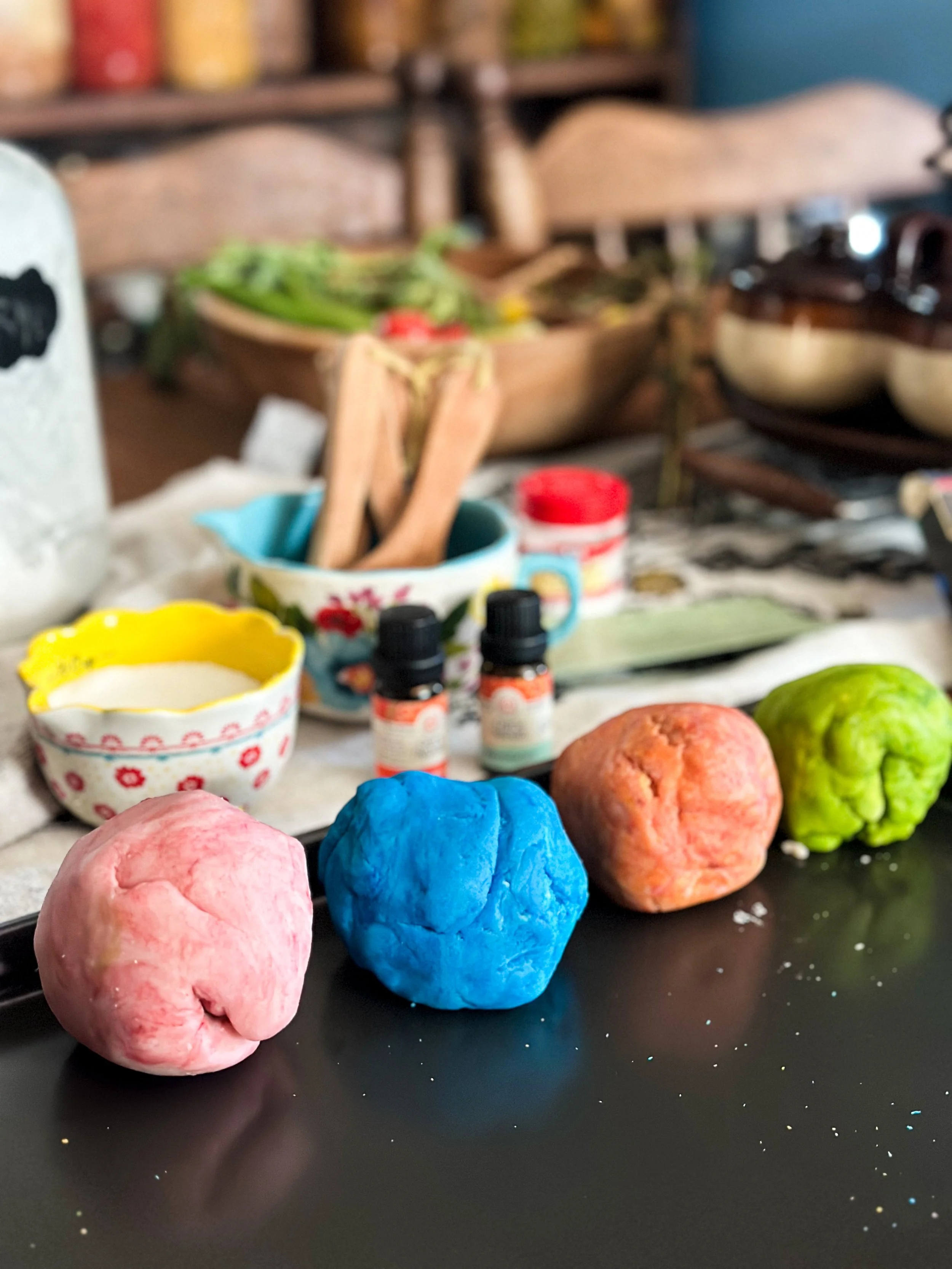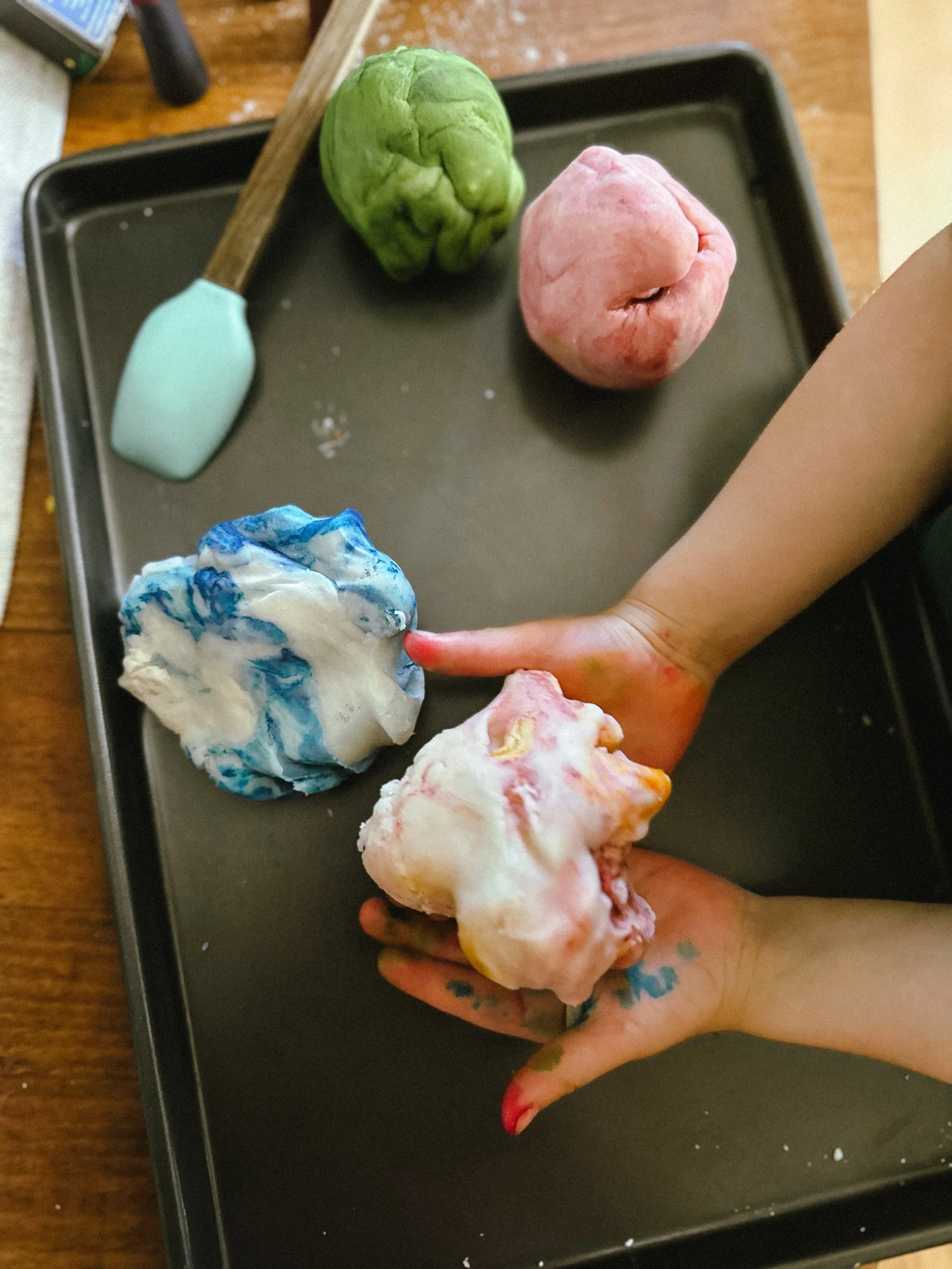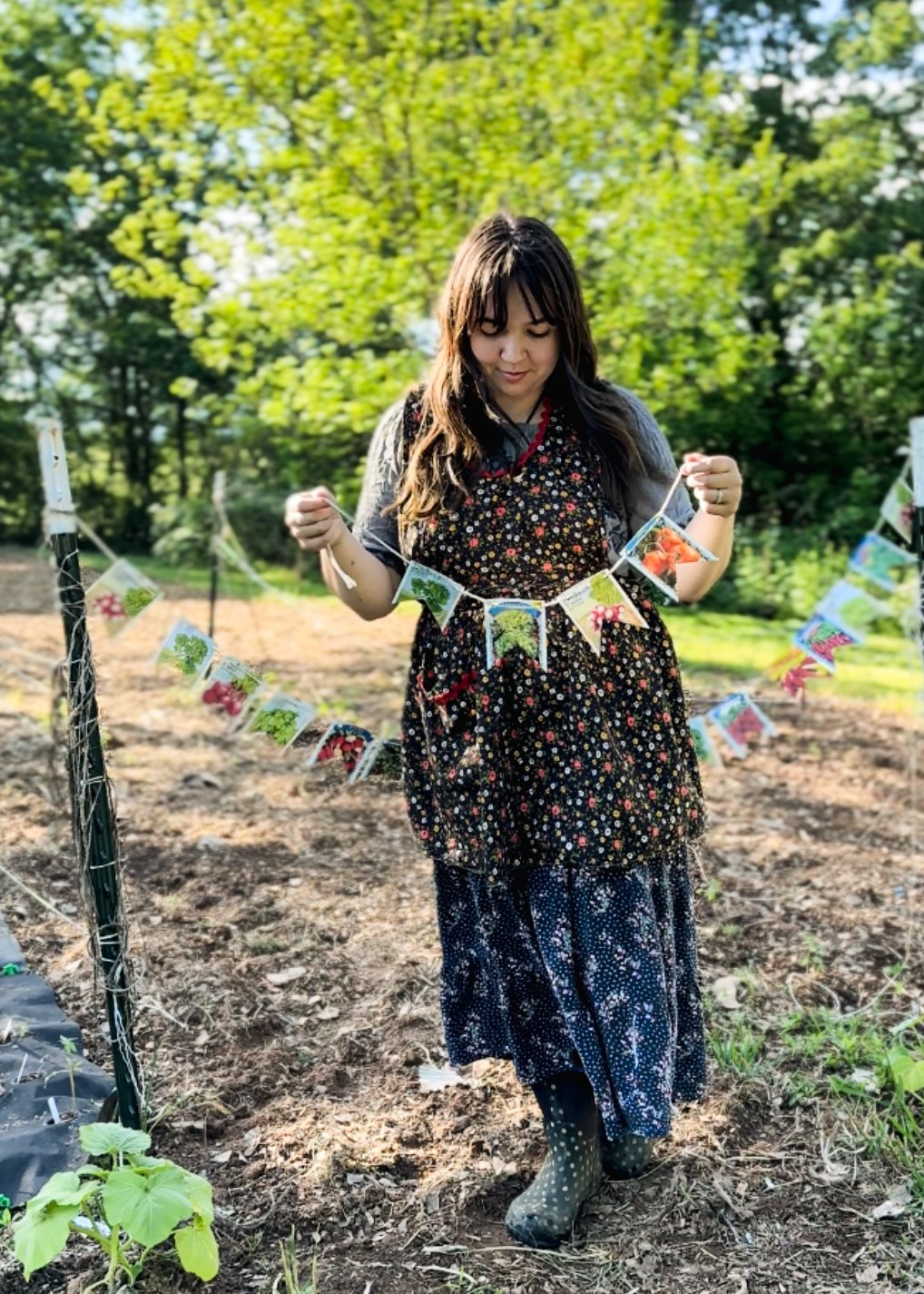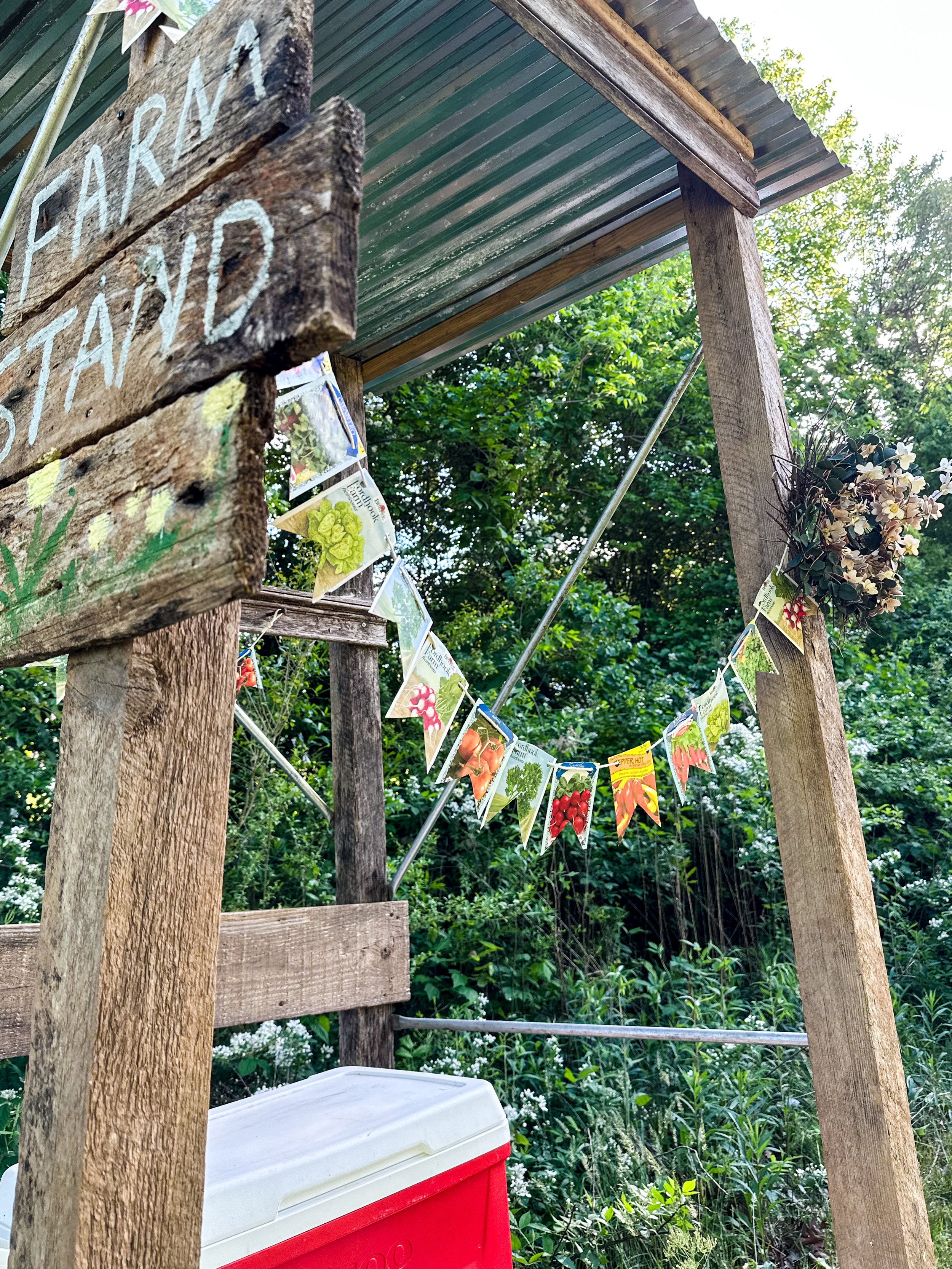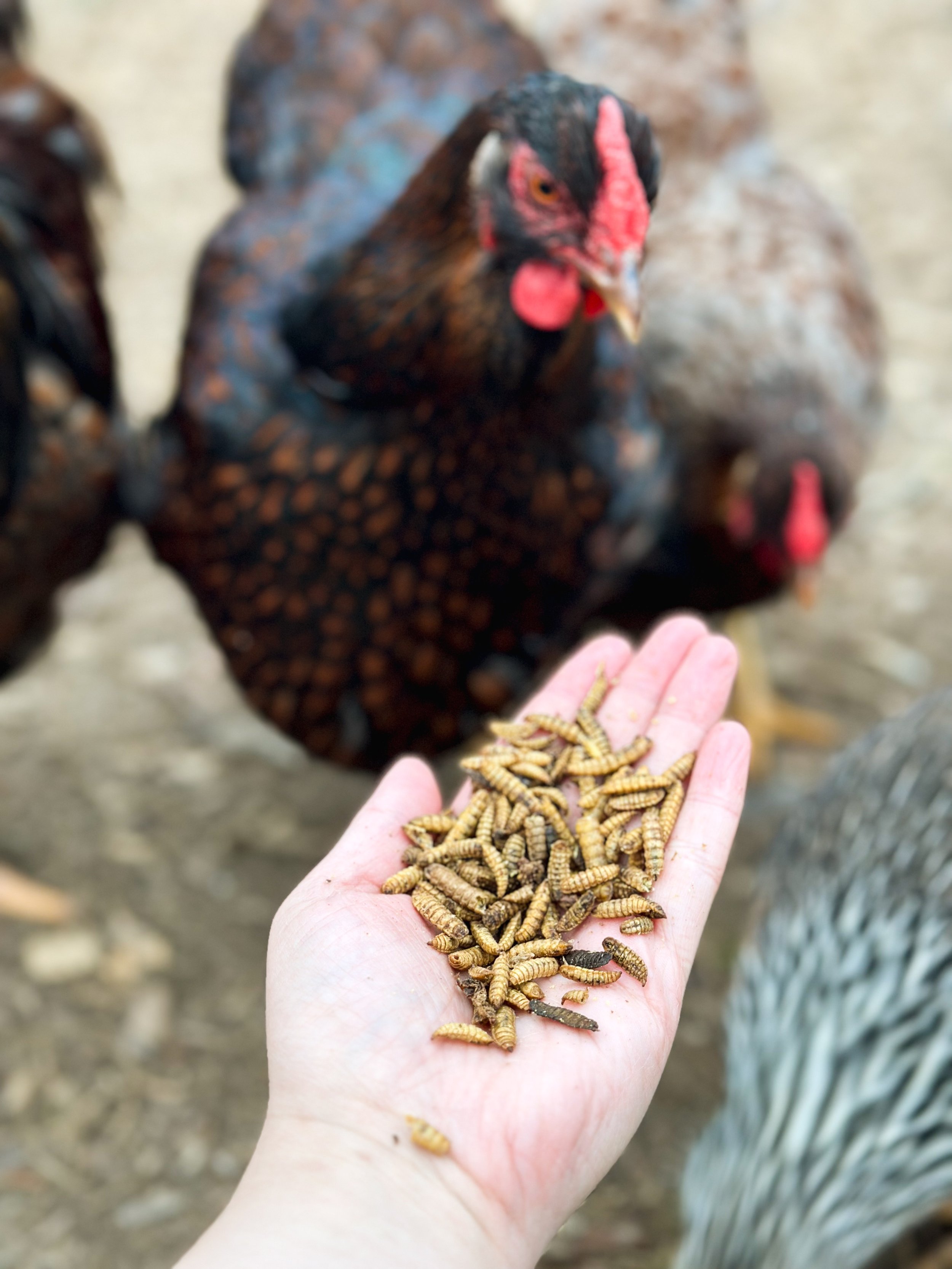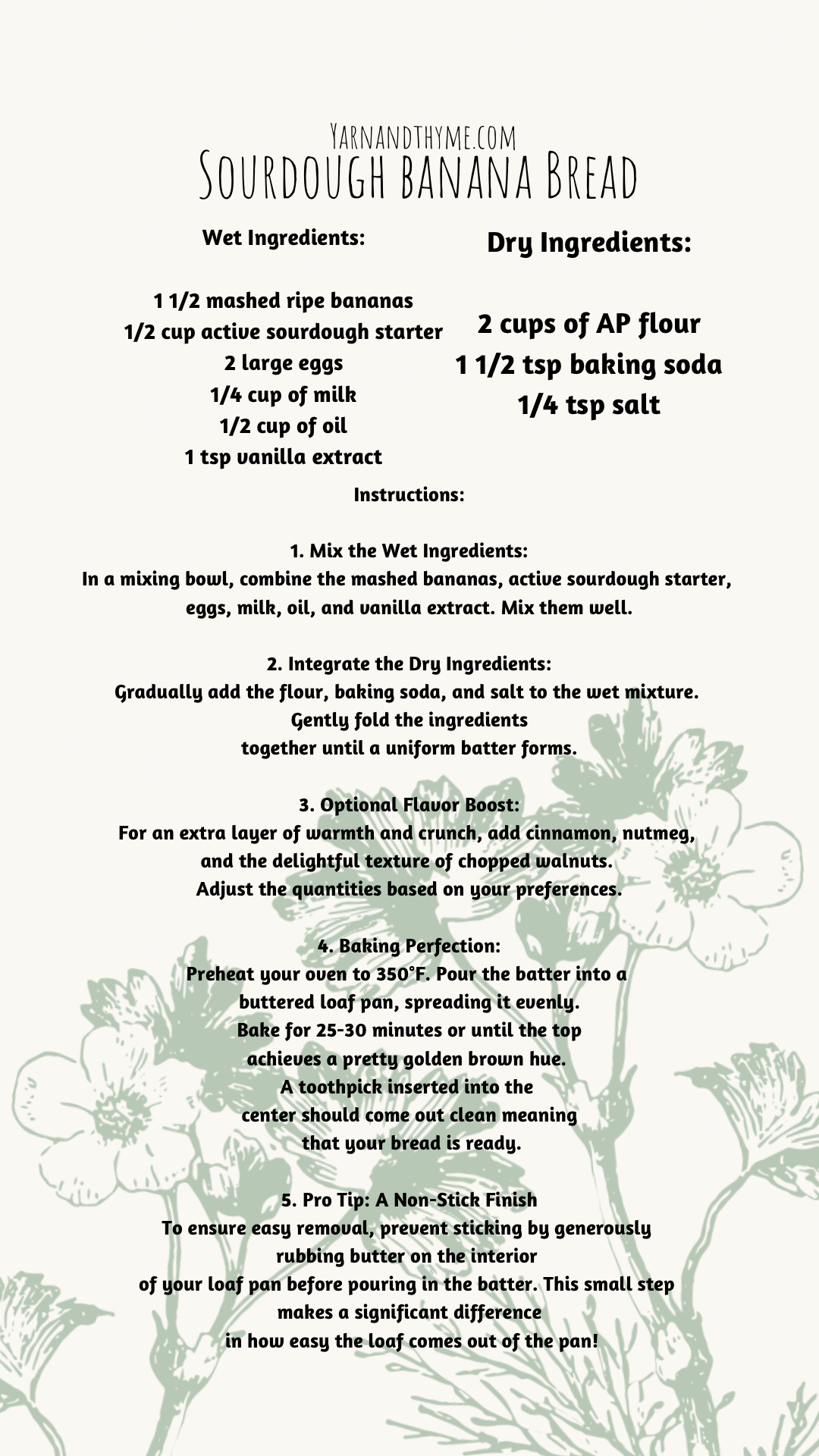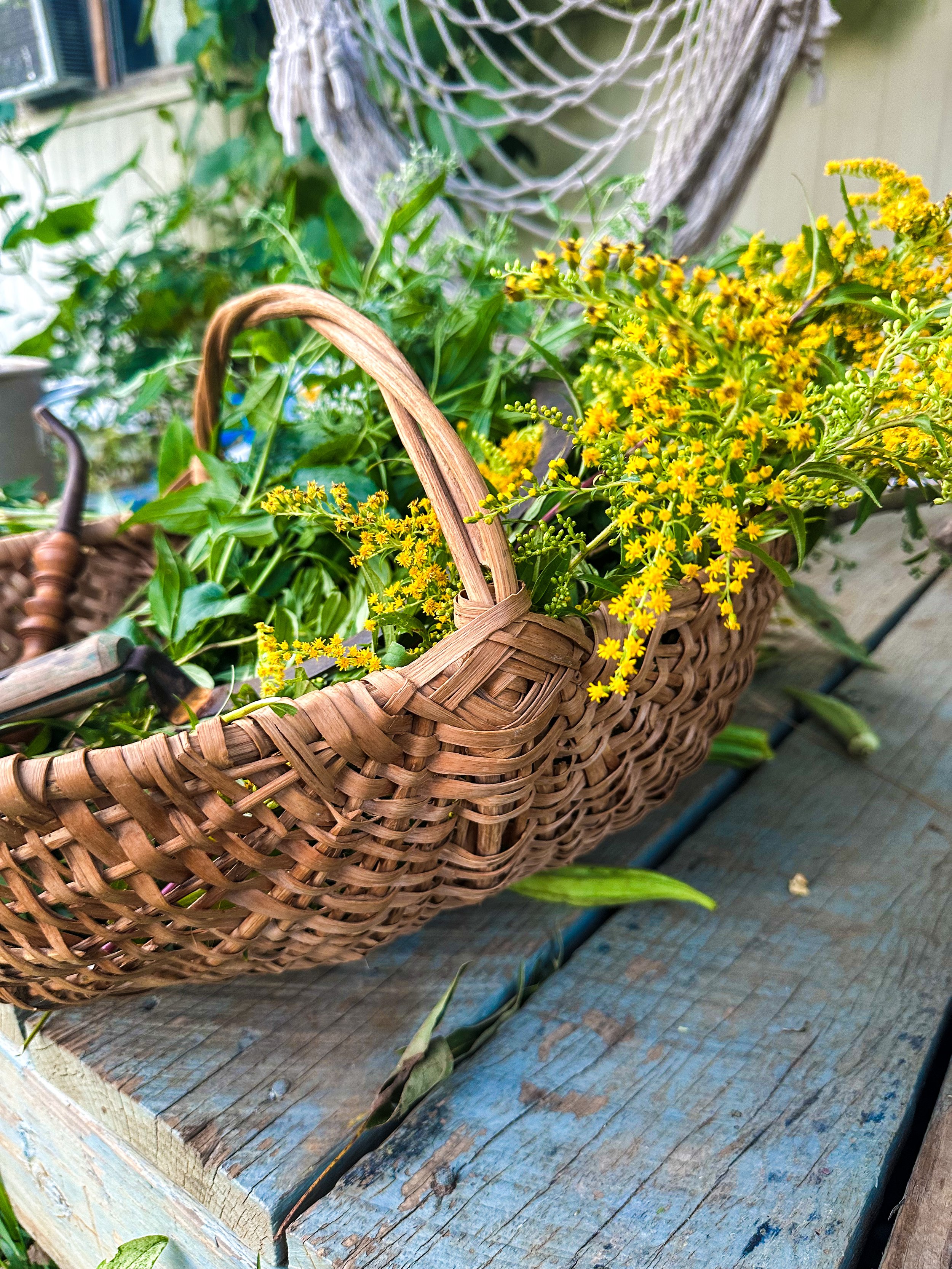Lately, ginger bug soda has been stealing the spotlight in my videos, and it warms my heart to see so many of you diving into the world of crafting healthy, fermented sodas at home. The beauty of it lies in the ability to tweak flavors and embark on your own soda-making experiments.
For those of you wondering what exactly a ginger bug is, think of it as a sourdough starter’s fizzy cousin—a culture of beneficial bacteria fueled by fresh ginger and sugar, giving birth to delightful, effervescent sodas.
What is a Ginger Bug?
A ginger bug is a naturally fermented starter made with fresh ginger, sugar, and water. It captures wild yeast and beneficial bacteria, creating a fizzy, probiotic base for homemade sodas.
Why Make Ginger Bug Soda?
Naturally carbonated, free from artificial ingredients
Packed with beneficial probiotics for gut health
A great way to experiment with flavors using what you have on hand
How to Start a Ginger Bug
Ingredients:
2 tablespoons freshly chopped or grated ginger (skin on)
2 tablespoons white sugar or honey
Filtered water
Instructions:
Add ginger and sugar to a clean glass jar.
Fill the jar with filtered water, leaving some space at the top.
Cover with a ferment lid or a loose canning lid to allow gas to escape.
Let it sit at room temperature.
Feed it daily with 1 tablespoon of sugar and 1 tablespoon of ginger.
After about five days, your ginger bug should be bubbling and smell slightly yeasty. If it’s not active yet, keep feeding it for a few more days.
If you need to take a break, store your ginger bug in the fridge to slow down fermentation. Just feed it weekly to keep it alive.
How to Make Flavored Ginger Bug Soda
Once your ginger bug is active, it’s time to put it to work.
Basic Recipe:
In a clean container, mix 1 cup of ginger bug with 1 cup of your favorite juice or flavored tea.
Cover loosely and let it ferment at room temperature for 2-3 days.
Once it’s fizzy, transfer to the fridge to slow fermentation.
Enjoy cold.
Pine Soda: A Forest-Inspired Twist
For a fresh, woodsy take on gingerbug soda, try this pine soda variation. Be sure to use needles from an edible conifer.
Ingredients:
1 cup gingerbug
Handful of fresh pine needles
2 tablespoons sugar or honey
1-2 tablespoons lemon juice (optional for a citrus kick)
Instructions:
Combine all ingredients in a clean bottle.
Let ferment at room temperature for 2-3 days.
Chill and enjoy a refreshing, pine-infused soda.
Troubleshooting & FAQs
Why isn’t my ginger bug bubbling?
This could be due to chlorinated water, too little sugar, or a cool room temperature. Try switching to filtered water, adding a little extra sugar, and keeping it in a warm spot.
How long does a ginger bug last?
As long as you keep feeding it, a ginger bug can live indefinitely. If you’re not using it often, store it in the fridge and feed it weekly.
Can I use raw honey instead of sugar?
Yes, you can experiment with different natural sugars like honey, molasses, or maple syrup.
And that’s it!
Making your own ginger bug soda is an easy and rewarding way to enjoy a naturally fizzy, probiotic-rich drink. Whether you keep it simple or experiment with flavors, it’s a great way to bring homemade fermentation into your kitchen.
Have you tried making ginger bug soda? Let me know your favorite flavor combinations in the comments!





